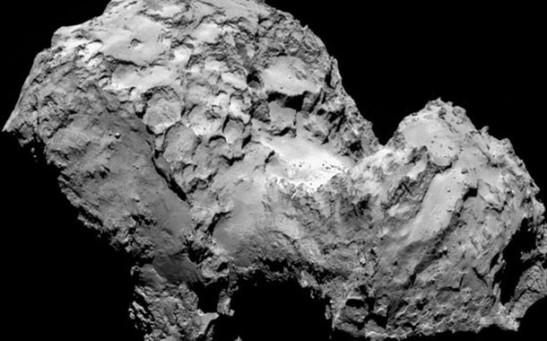European Space Agency
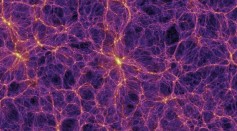
Strange Andromeda Transmission May be First Sign of Dark Matter
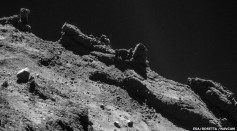
Comet 67P/Churyumov Gerasimenko Reveals Origins of Water May Not be From Comets

International Space Station Crewmembers Arrive, and Some Start With Tweets
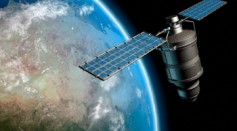
Should Mysterious Russian Satellite Be Cause for Concern?

Philae Lander Reveals Organic Molecules on Comet 67P
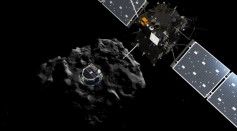
As Time Runs Out for Philae, ESA Gathers Data
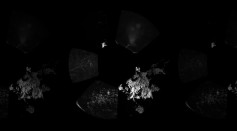
Philae Lander Takes a Nap, As ESA Fights Against the Clock

ESA Shows Ambition of Rosetta Mission—Sci Fi Film Reveals Importance of Mission

A Magnetic Topsy Turvy Earth—When North Becomes South
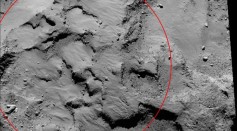
ESA Asks Public to Name Philae Landing Site of Comet 67P This November
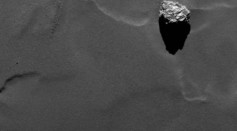
ESA Rosetta Spacecraft Is Showing Off Its ‘Cheops’
Most Popular

How Technology Is Changing the Real Estate Industry?

Nikolay Karpenko Biography, Photo, Career, Accomplishments

How a Plant-Based Diet Can Protect Against Breast Cancer: Insights from Nutrition Research

The Role of AI in the Next Generation of Logistics: Insights from Tobias Waldhecker

